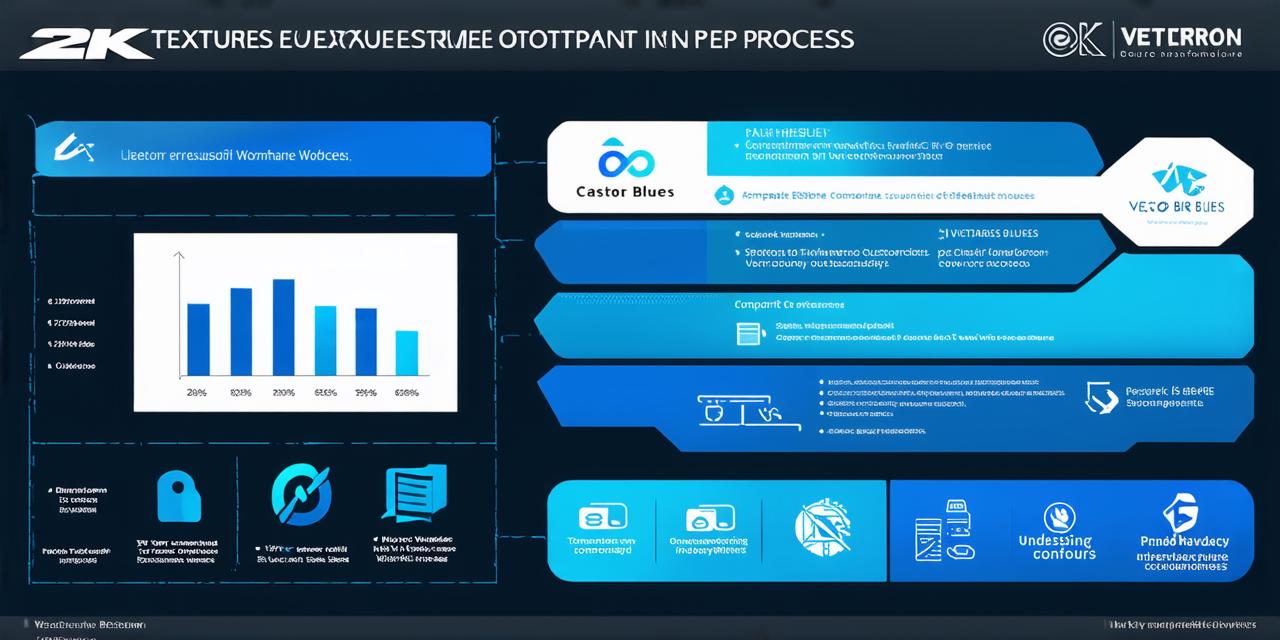Understanding Company Outsourcing
Introduction
Company outsourcing is a process in which companies outsource certain tasks or processes to external providers. This can include anything from manufacturing and logistics to IT support and customer service. While outsourcing has been around for decades, it has become increasingly popular in recent years as more and more companies look for ways to save money and improve efficiency.
The Benefits of Company Outsourcing
There are several reasons why companies choose to outsource their business processes. Here are a few:
- Cost savings: One of the main benefits of outsourcing is the potential for significant cost savings. By outsourcing certain tasks or processes, companies can save money on labor costs, equipment, and other expenses associated with performing those tasks in-house.
- Improved efficiency: Outsourcing certain tasks can also help to improve efficiency by allowing companies to focus on their core competencies. For example, if a company specializes in manufacturing, they may choose to outsource customer service or IT support so that they can focus on producing high-quality products.
- Access to specialized expertise: Another benefit of outsourcing is the ability to access specialized expertise. By working with external providers, companies can tap into the knowledge and experience of experts in their field, which can help them to improve their own processes and achieve better results.
- Flexibility: Outsourcing can also provide flexibility for businesses as they can scale up or down according to their needs. For instance, if a company experiences an unexpected surge in demand for its products, it can quickly outsource certain tasks to meet the increased workload.
The Risks of Company Outsourcing
While outsourcing has many benefits, it also comes with some risks. Here are a few:
- Communication breakdowns: One of the biggest risks associated with outsourcing is the potential for communication breakdowns. When working with external providers, companies must ensure that they have effective communication channels in place to avoid misunderstandings and delays.
- Quality control: Another risk of outsourcing is the potential for quality control issues. Companies must ensure that their external providers are meeting their standards and delivering high-quality work.
- Data security: When working with external providers, companies must also be mindful of data security risks. They should make sure that their providers have robust security measures in place to protect sensitive information.
- Dependence on external providers: Finally, outsourcing can create a dependence on external providers, which can be risky if the provider goes out of business or experiences difficulties. Companies must have contingency plans in place to ensure that they can continue to operate if their external providers are unable to meet their needs.
Best Practices for Company Outsourcing
To get the most out of company outsourcing, it is important to follow some best practices. Here are a few:
- Clearly define your objectives: Before outsourcing, it is important to clearly define your objectives. This will help you to determine which tasks or processes to outsource and what you hope to achieve.
- Identify the right provider: When looking for an external provider, it is important to identify one that is a good fit for your business needs. Consider factors such as their experience, expertise, and track record when making your decision.
- Establish clear communication channels: To avoid communication breakdowns, it is important to establish clear communication channels with your external providers. This can include regular meetings, email updates, and other forms of communication.
- Monitor performance: To ensure that your external providers are meeting your standards, it is important to monitor their performance regularly. This can include setting up performance metrics and conducting regular reviews.
- Have a backup plan: It is also important to have a backup plan in place in case your external providers are unable to meet your needs. This can include having an alternative provider or bringing certain tasks back in-house.
Common Mistakes to Avoid When Outsourcing

While outsourcing has many benefits, it can also be risky if done improperly. Here are a few common mistakes to avoid:
- Not clearly defining your objectives: Failing to define your objectives clearly can lead to confusion and lack of direction when outsourcing.
- Choosing the wrong provider: Selecting the wrong provider can lead to poor quality work, communication breakdowns, and other issues.
- Lack of oversight: Without proper oversight, external providers may not be meeting your standards or delivering high-quality work.
- Poor communication: Inadequate communication with external providers can lead to misunderstandings and delays.
- Dependence on a single provider: Relying too heavily on a single provider can create risks if the provider goes out of business or experiences difficulties.
Conclusion
Company outsourcing is a process that has many benefits, but it also comes with some risks. To get the most out of company outsourcing, it is important to clearly define your objectives, identify the right provider, establish clear communication channels, monitor performance, and have a backup plan in place. By following these best practices and avoiding common mistakes, companies can successfully outsource their business processes and achieve their goals.
